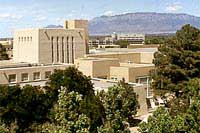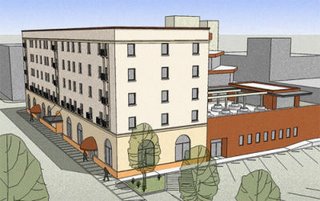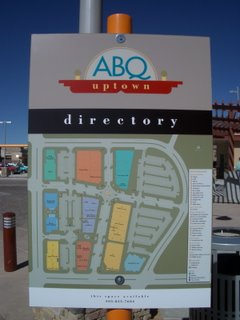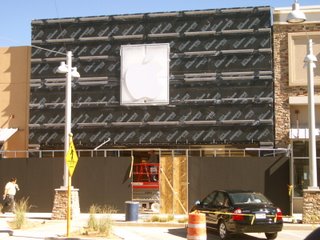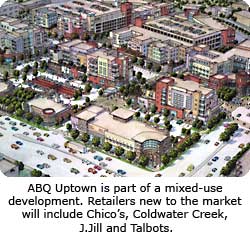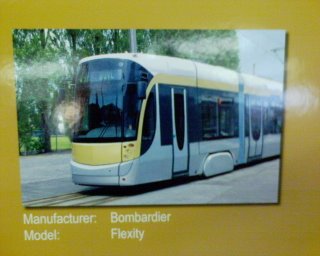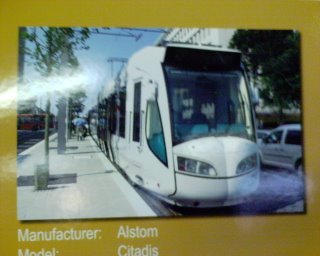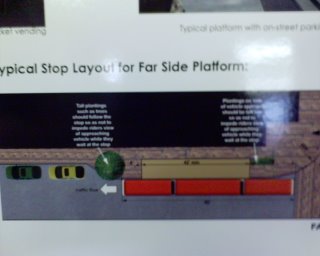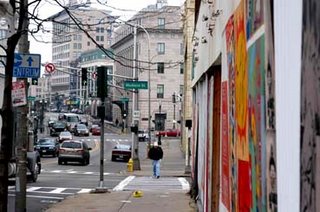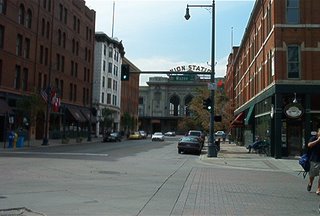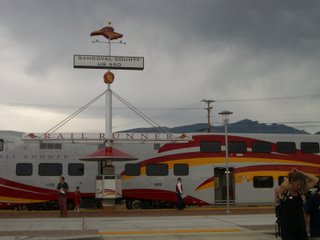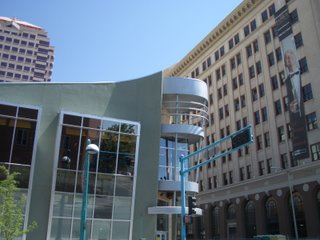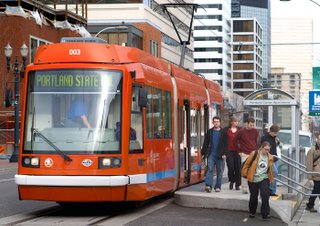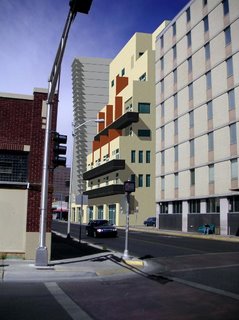A couple weeks ago I posted an article/rant over at Duke City Fix about how the university and city have failed to work together to create and foster an environment that works in conjunction with the surrounding neighborhoods and the city's plan for urban development that invigorates the so-called "creative-class." An example I use is a lack of urban planning ability and skill along the university's periphery that, in effect, works to attract what the university believes it is fending off...transients. The university could easily build thousands of revenue generating student housing that, if designed correctly, could and would positively affect and create a stronger business presence in the area in the form of restaurants, clothing stores, etc.
Where I also see a great opportunity for benefits on both sides of the street, so-to-speak, deals with the proposed arena that the city is so desperately trying to push through. While I won't give my opinions as to why I believe it is something that our city needs to do, I do want to share an email that I sent to the mayor, governor, UNM president, Downtown Action Team, and Chris Leinberger, regarding the issue, as well as a response I received from Rudy Davalos.
"Greetings,
I woke up this morning with the need to express my opinions about the new arena that the City of Albuquerque is proposing to build in the downtown CBD. In a recent article about the project in the Business Weekly, it was stated that the latest proposal was to include mixed uses such as a hotel, condos and retail. I feel as though the viability of the project has just increased two-fold because of this addition to the scope. However, I have a question regarding the size of the arena. I am aware that money has been spent to find out what size arena would be right for our region and it was determined that 10,000 seats would be the most economical. Again, "economical" is the word used to drive a civic project and here is where my problem lies and where I have questions about what possibilities have been considered.
First: Has it been determined what needs to be done and how much it would cost to renovate "The Pit" to bring it up to date? Second: For how long will a 10,000 seat arena be viable and what does that size do for the progression of professional sports in our city and state?
To my understanding, we will not be receiving another NCAA men's basketball tournament game for the next four years - at least. How can UNM and Albuquerque compete with universities and cities across the country who are able to play games and host tournaments in arenas such as the Quest Center in Omaha, Wells Fargo Arena in Des Moines, Wisconsin's Kohl Center in Madison, among may others that have been built or are planned? These arenas provide the amenities that modern collegiate athletics require.
It appears to me that this is a rare, convenient opportunity to combine these interests to meet the demands of modern athletics and entertainment and to put forth the best possible effort as opposed to two "economical" solutions. With the start of the Rail Runner service, ongoing Rapid Ride, and our progressive downtown revitalization, every piece just seems to be in place to make this all happen. The loss of the "The Pit" would be sad, but so has the loss of history's finest sports venues from Chicago Stadium and Commisky Field, to Yankee Stadium (in coming years). I believe that combining this facility for professional uses and UNM to be the greatest solution upon which to build upon. I believe that it would be a greater benefit for the city, state, and university to sit down and have this discussion to determine what action might lead to the greatest solution.
In the meantime, I'll just attempt to picture our new arena with shops and restaurants filled all around downtown and a modern new NFL stadium right off I-25 next to our old palace, The Pit.
Your daydreaming 25 year old, returned to NM from college, waiting for his home to progress, and needing to get back to his work before his boss sees this long-winded email, encouraging progressive solutions, ABQ and NM cheerleader,
Tim Trujillo"

"Dear Tim,
I am responding to your email to President Caldera regarding the Downtown Arena and the PIT. Many people including the Governor, Legislators, UNM Regents and basketball fans across the state of New Mexico would like to see the PIT modernized, so that we can continue hosting NCAA tournaments for men and women and state tournaments for the boys and girls of New Mexico.
The cost would be in the $20 to $25 million dollar range. It would not enlarge the seating for the PIT but it would update the arena by adding new restrooms, food courts and expanding the concourse area, so that it would be more fan friendly. The NCAA favors awarding NCAA Tournaments to those cities that have on campus facilities, like ours.
The PIT is recognized as one of the top 20 sport venues in the world by Sports Illustrated and we should do everything possible to keep the tradition of the PIT in tact. We are not interested in playing UNM Basketball games in a city arena.
Sincerely,
Rudy Davalos
Athletic Director
University of New Mexico"
Thanks Rudy. Thank you for all the years of hard work in helping to make the athletics department one of the finest in the conference. However, I beg to differ. First, a look at the locations for NCAA tournaments over the next few years shows a nearly 50-50 split between collegiate and civic arenas. Second, $20-$25 million dollars is the minimum required to bring it up to the bare minimum required for a fan friendly arena that meets todays codes. In the meantime, the cities of Des Moines and Madison, cities that shouldn't even be in our league, can host the event with much more class and style than we can because of memories from two decades ago that we can't let go of. Where is the vision? It's obviously not coming from the regents these days. Everyone knows that to bring the Pit up to snuff would require at least $75 million dollars, and even after then, it would be so different that it will hardly resemble itself with the addition of a new roof, new seating, a hangin scoreboard, and most of all, luxury boxes.
A new arena downtown would, for the same price as a complete renovation of the Pit, give the city a 15,000 seat arena capable of handling events of all sorts, as opposed to only basketball. And it could built to be expandable, so that when our city is ready in ten years or so, can accomodate major league sports. But that's just me.
In the meantime, I'll dream on....


